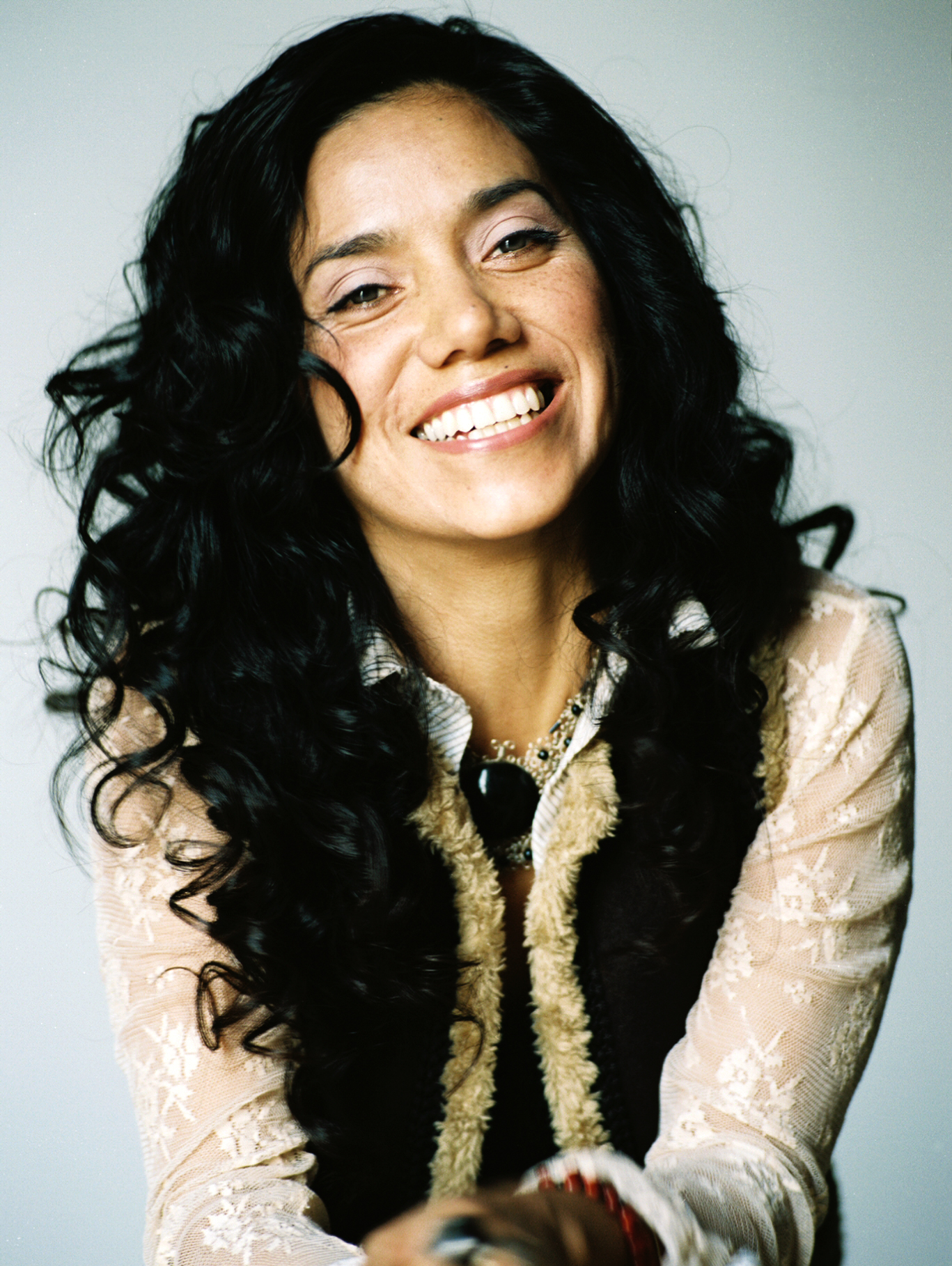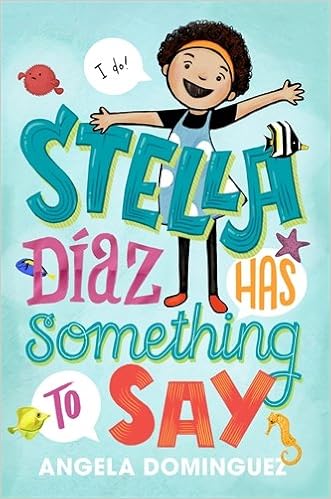Dear amazing, incredible Global Read Aloud community, we need to talk. Because while this week has been amazing to be a witness to; the connections, the sharing, the love for the books and the stories that connect us all, it has behind the scenes been really hard for me. I thought a letter might be nice in order to help whoever needs to hear this remember a few things….
This is all run by me, Pernille Ripp, one person, who has a full-time job as a 7th-grade teacher, as well as speaks, trains, and writes outside of that. Who is the mother to four kids ten and under and the wife to Brandon. Who cannot always email you back right away or get you approved the moment you ask. I wish I could, but I can’t.
I am one person reading as many books as I possibly can, who every year tries to pick books that will speak to the experience of people around the world, not just the United States. That tries to pick books that will spark deep conversations around hard topics that are age-appropriate but may need some unpacking from the adults reading them aloud. I rely on others to nominate books as much as possible so that I can read widely, I rely on others to vote and let their voices be heard. Many kids live in hard situations that some adults say are too hard to read about, even when they are written in delicate ways, and yet the world could use a lot more understanding and empathy. The books that are chosen can be tools for building bridges; we can help kids understand the lives of others in many degrees, even if they don’t understand all of the nuances of something.
You should always read the books beforehand and select the one that will work for you, for your kids, and for your community. While I have also loved discovering a book alongside students, I would highly discourage doing that with a book that you are investing many weeks into it. What if it is not a good fit? What if it doesn’t work for your purpose? What if you need to prepare extra resources in order to unwrap something?
If you don’t like the book, no problem. I try to select books that I love and that will start conversations. Please do remember, though, that every time something is posted about how the books chosen are the wrong choices, how other choices would be better, how they won’t fit your needs, how this year is the year you quit the project, that I read those comments. That they make their way into my feed and I sit there with a heavy heart reading every single one of them. And I try really hard to make this work on a global scale. I try really hard to make this project as easily accessible for all. To make this work, but that I am only human and those comments hurt, even though I wish they didn’t but I am working on that.
The GRA is free. I don’t make any money from it but instead spend my own money to send books to people who cannot get them otherwise, to keep the blog running, to pay for lawyers for trademarking and protecting the name. I will never charge anyone to participate in the GRA. The premise has always been that all you need is the one book to read aloud, not class sets, not fancy anything, just a book and a way to share it. This is why I ask everyone to please not sell anything using the project or the people in it. It goes against the spirit of everything it stands for, and when I ask you to please stop, please be gracious. Telling me that you are disappointed that I don’t understand that you are just trying to make a living or other negative things does not change my mind, it only cements me asking you to stop further.
That I realize that this year I picked a start date that coincided with Rosh Hashanah and for that I am sorry. I apologized publicly for it a little while ago but will gladly state it again; I am sorry, it was an oversight and I will do better. As someone who does not live by any religious calendars, I am at times not clued into major holidays and celebrations, I try but sometimes I fail. I also know that every year the start date will naturally collide with other holidays, school breaks, or crazy weather. There simply is no great start date that works for the whole world. The date I pick every year doesn’t ever work for my own students, we always start two weeks late but rather than push it further in the year, I keep the same and make it work. Please make it work for you as well if you want, just don’t read ahead, or if you do, don’t spoil it.
That I wish this project could be everything you wanted it to be. I try, the community tries, but sometimes it won’t work, and that’s ok too. No need to announce your departure or slam the doors, just do what you need to do and know you will always be welcomed back.
I never set out to create a global project but it is what I have created. I love this project like a fifth child, and this year in its tenth year, it still floors me that so many of you show up every year. I am one person and so as one person I can only give you my deepest appreciation for the love you have shown this project and for the love you have shown me. I hope this year’s project is amazing for you, I know I cannot wait to get started myself.
With all my best,
Pernille











